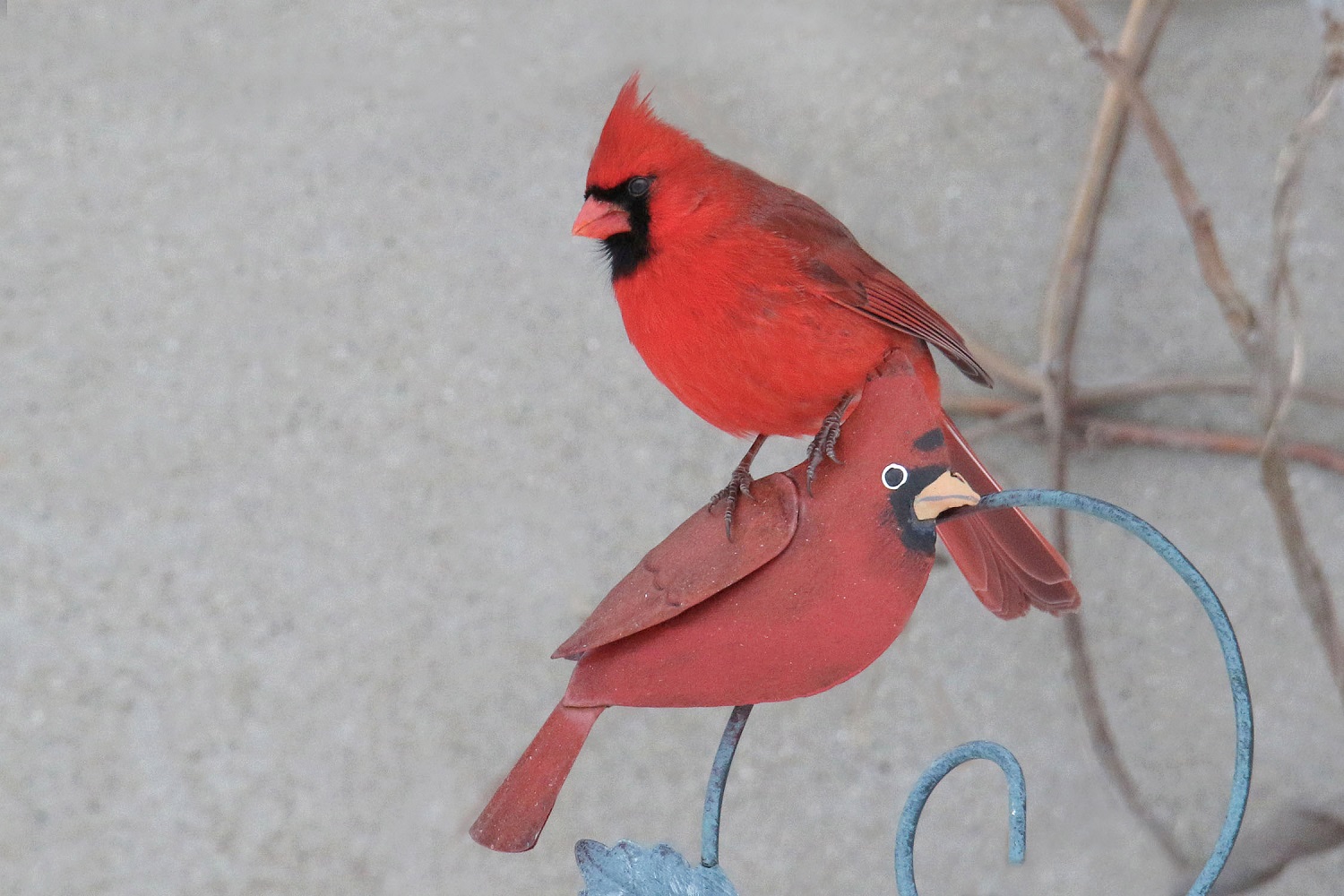Birding
By Brian Morin
Annual bird count brings together thousands of bird enthusiasts

It was an idea whose time had come. On Christmas Day, 1900, 27 people in 23 cities in the U.S. and two in Canada spent time counting birds. Initiated by American ornithologist Frank Chapman, the first Christmas bird count was an attempt to begin a new custom in support of the growing conservation movement at the turn of the 20th Century. This effort countered the annual ‘side hunt’ where groups chose sides to see how many birds each could shoot on December 25, beginning a new tradition that continues to this day.
The 122nd annual Christmas bird count has just completed, and results are being tabulated. Tens of thousands of people in over 2,000 locations in the Western Hemisphere recorded all of the birds they saw on a single day during the count period, which ran from December 14 to January 5. There were experts, novices and backyard birders, all enthusiastically exploring their local areas to see how many individuals and species they could find. They all count, from House Sparrows and chickadees to birds seldom seen.
It can be challenging to deal with large flocks of birds like ducks or gulls. That is where estimating comes in. Experienced observers learn to deal with groups of birds by counting not in ones and twos but by 10s, 25s and hundreds. What I usually do is try to quickly identify one of these units, depending on the size of the flock, and extrapolate from there. What we have discovered over the years is how important the backyard birders have become for Christmas counts. Their number has increased significantly since the start of the COVID-19 pandemic.
While people’s lives have been turned upside down since the spring of 2020, a positive development has been the attention to the natural world literally at our doorstep. With so many people working at home, those with yards have been able to devote time to both gardening and feeding neighbourhood birds. They become familiar with species they may not have paid attention to in the past and develop a greater appreciation for the natural world in general.
If you find yourself in this category and have joined the ranks of new birders in the past two years, you may have noticed something unexpected when buying bird feeders or seed. The rush to purchase supplies has been challenging because of the increased demand, at times coupled with a significant delay in receiving shipments. Some retailers have been fine, but others may have
items on backorder. The answer is to persevere because it’s worth it.
This is the time of year when birds appreciate a helping hand. Feeders offer a supplement to natural food during the lean months and can be especially attractive for avian travellers passing through the area. They don’t know the local food sources like the residents do so the sight of your buffet can be very appealing, sometimes providing life-saving support. That is why bird feeders
are so important for winter observation.
Nothing stirs the heart of a birder more than spotting an unusual woodpecker, finch or even a warbler coming to a feeder in winter. In fact, some of the rarest birds spotted on Christmas bird counts have turned up at feeders, including songbirds that should have long since departed for a warm place in the tropics. Keep yours stocked throughout the winter and if possible, have more than one food offering available. The three main choices are black-oil sunflower seed, mixed seed and suet. If you want to include a peanut feeder, you’ll attract even more.
But what if you don’t know a bird that you are seeing? That’s where technology comes in. If you are able to take a picture, even with your cell phone, you can upload the image to Merlin at any time and the program will suggest the best match with the birds in its database. Search Merlin Bird ID and check out the app. The result is not always correct, but more often than not you’ll get the answer you are looking for, and now Merlin is able to help with bird songs too. If you upload a photo to the Ontario Birds Facebook page, the image can be viewed by thousands of people. You may be surprised by the response you get.
Of course, participating in outdoor activities at this time of the year is not for everyone. Some people may wonder how anyone can be out on a winter day putting in anywhere from four to eight hours, even if the weather is cold or blustery. Well, it’s all part of the experience. Birders are a tough lot, prepared to go the extra mile in support of citizen science and a chance to see some great birds. Congratulations to all who participated this year.
Brian Morin is the publisher of Ontario Birding News, a newsletter for birding enthusiasts. He has been actively involved in watching and photographing birds in Ontario for more than 40 years.






